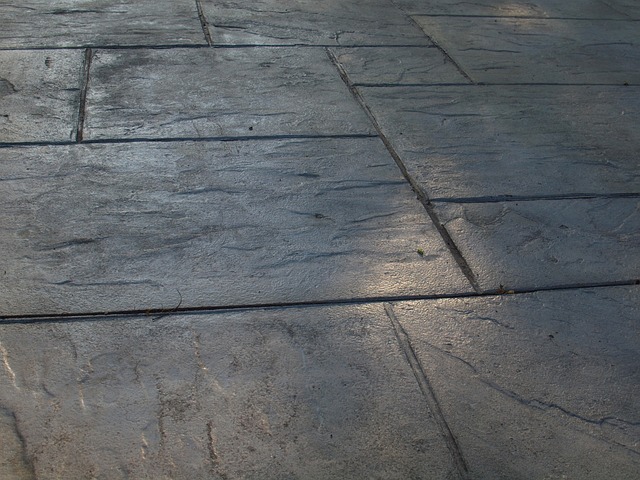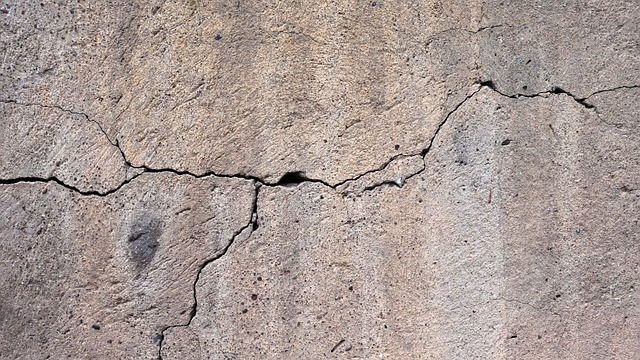Concrete is one of the most commonly used and versatile building materials in the world. It is known for its strength, durability, and low maintenance requirements. However, even with these advantages, concrete structures are not immune to damage. From small cracks to significant crumbling, concrete damage can be a costly problem that affects the safety and stability of buildings and structures. Understanding the causes of concrete damage is crucial in preventing and addressing these issues. In this guide, we will explore the various factors that contribute to concrete damage, from environmental factors to poor construction practices. By grasping the root causes of concrete damage, we can better protect our structures and ensure their longevity.
Concrete damage is a common issue that can have serious implications for buildings and structures. If you’re from Brisbane, Australia, you can consider concrete repairs in Brisbane or as an essential service to address and prevent potential damage to your property. But why does concrete damage matter? Not only can it affect the appearance of a structure, but it also compromises its structural integrity and safety. It can also lead to costly repairs and maintenance, causing inconvenience and disruption. Therefore, understanding the causes of concrete damage is significant in protecting our buildings and structures from these potential risks.
The Environmental Factors that Affect Concrete
Environmental factors play a critical role in the deterioration of concrete structures. A key environmental factor of utmost importance is the exposure to water and moisture. When water seeps into concrete, it can lead to corrosion of steel reinforcements and cause cracks and spalling. Extreme temperatures can also impact concrete, as freezing and thawing cycles can cause expansion and contraction, leading to cracks and weakening of the structure. Additionally, exposure to chemicals and pollutants in the environment can also cause damage to concrete over time. These environmental factors highlight the need for proper waterproofing and protection measures to prevent concrete damage.
How Poor Construction Methods Lead to Concrete Damage
Building structures with inadequate concrete mixtures, improper curing techniques, and insufficient reinforcement can all lead to weakened and damaged concrete. Lack of quality control during the construction process can also result in defects that may not be immediately noticeable but can eventually lead to damage over time. Therefore, it is essential to adhere to proper construction methods and standards to ensure the longevity of concrete structures. Regular maintenance and inspection should also be conducted to identify any potential issues that may arise from poor construction practices.
Chemical Reactions and their Impact on Concrete Structures
Chemical reactions can have a significant impact on concrete structures, causing damage and deterioration. One of the most common chemical reactions that affect concrete is an alkali-silica reaction (ASR), which occurs when certain minerals in aggregates react with alkaline solutions in cement paste. This causes expansion and cracking of the concrete, leading to reduced strength and durability. Other chemical reactions such as sulfate attack and carbonation can also cause damage to concrete over time. To prevent these reactions, use high-quality materials and proper curing techniques during construction.

Water Damage: The Silent Culprit of Concrete Deterioration
Water damage is one of the most common and destructive factors that contribute to concrete deterioration. When water enters concrete, it can cause a chemical reaction with minerals in the cement paste, leading to corrosion of steel reinforcements and weakening of the structure. In addition, freeze-thaw cycles caused by moisture can lead to cracks and spalling, further compromising the integrity of the concrete. Water damage is often a silent culprit, as it may not be immediately noticeable but can cause significant and costly damage over time. Proper waterproofing measures and regular maintenance are important in preventing water damage to concrete structures.
Understanding the Role of Maintenance in Preventing Concrete Damage
By performing routine inspections, any potential issues or damage can be identified early on and addressed before they worsen. This includes repairing any cracks or spalling, sealing joints to prevent water infiltration, and ensuring proper drainage to prevent standing water around the structure. Maintenance also involves regular cleaning and removing any debris that could potentially cause damage to the concrete. Stay on top of maintenance tasks and address any issues promptly to ensure the longevity and safety of concrete structures.
Identifying Common Types of Concrete Damage and Their Causes
Concrete damage can present itself in various forms, and it is essential to understand the different types and their underlying causes. The most common type of concrete damage is cracking, which can result from poor construction practices or environmental factors such as freeze-thaw cycles. Spalling, where small pieces of concrete break off from the surface, is also a prevalent issue caused by exposure to water and moisture. Chemical reactions, such as alkali-silica reactions, can cause expansion and cracking of the concrete, while corrosion of steel reinforcements can weaken the structure over time.
Taking Proactive Steps to Protect Your Structures from Concrete Damage
Prevention is always better than cure, and this applies to concrete damage as well. Taking proactive steps to protect your structures from potential damage can save you time, money, and hassle in the long run. Some of these steps include proper waterproofing during construction, regular maintenance and inspections, addressing any issues promptly, and using high-quality materials. It is also important to understand the environmental factors in your area and take appropriate precautions to prevent damage. By taking these proactive measures, you can ensure the longevity and safety of your concrete structures. It is always advisable to consult professionals like construction experts or engineers for guidance on the best practices to protect your structures from concrete damage.
Concrete damage is a common problem that can have serious consequences for buildings and structures. Regular maintenance and proactive measures can help protect our structures from potential damage and ensure their longevity. Consulting professionals for guidance on best practices is also recommended. By taking the necessary precautions, we can maintain the strength, durability, and safety of our concrete structures for years to come. Always be aware and take appropriate measures to prevent concrete damage in your buildings or structures!


